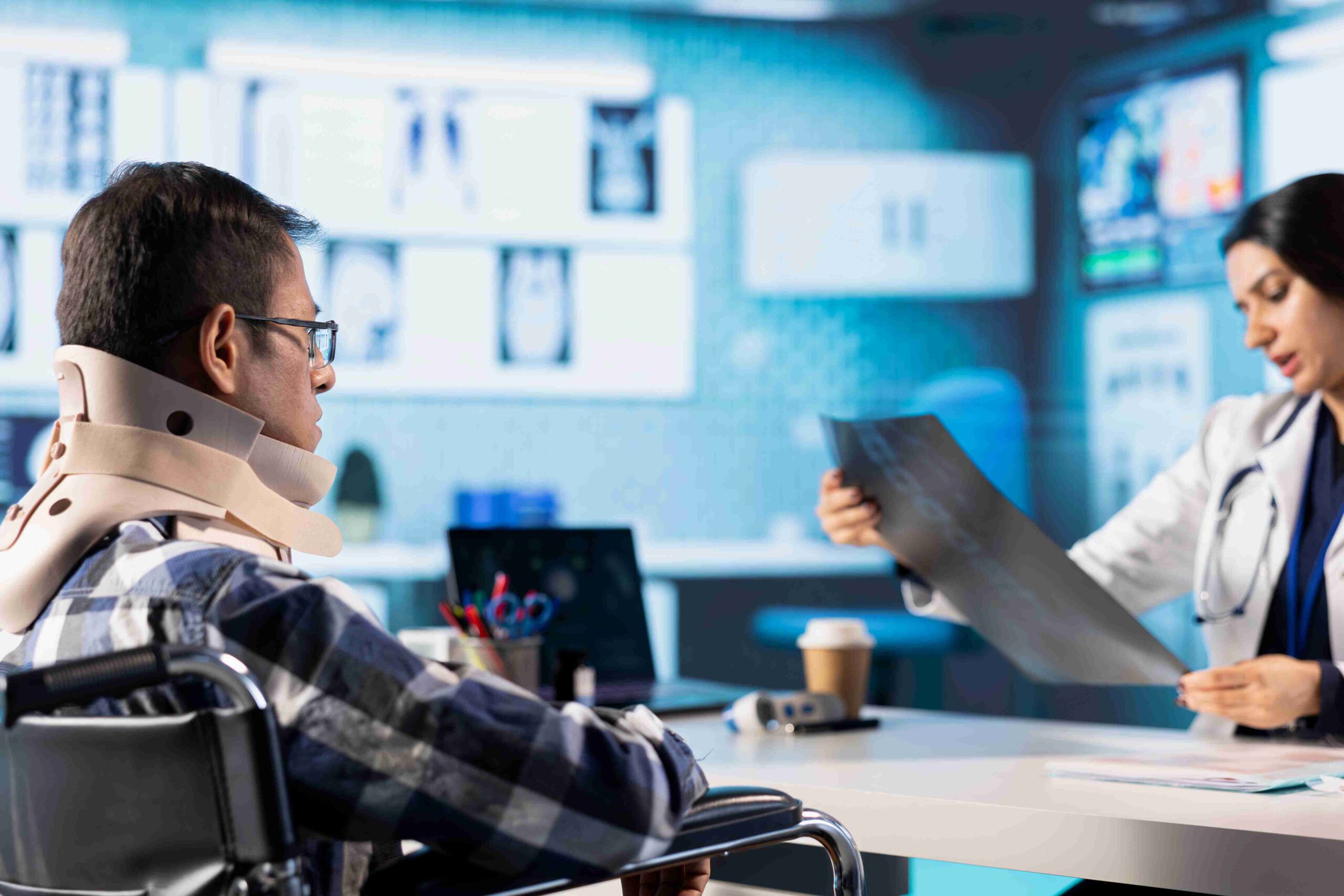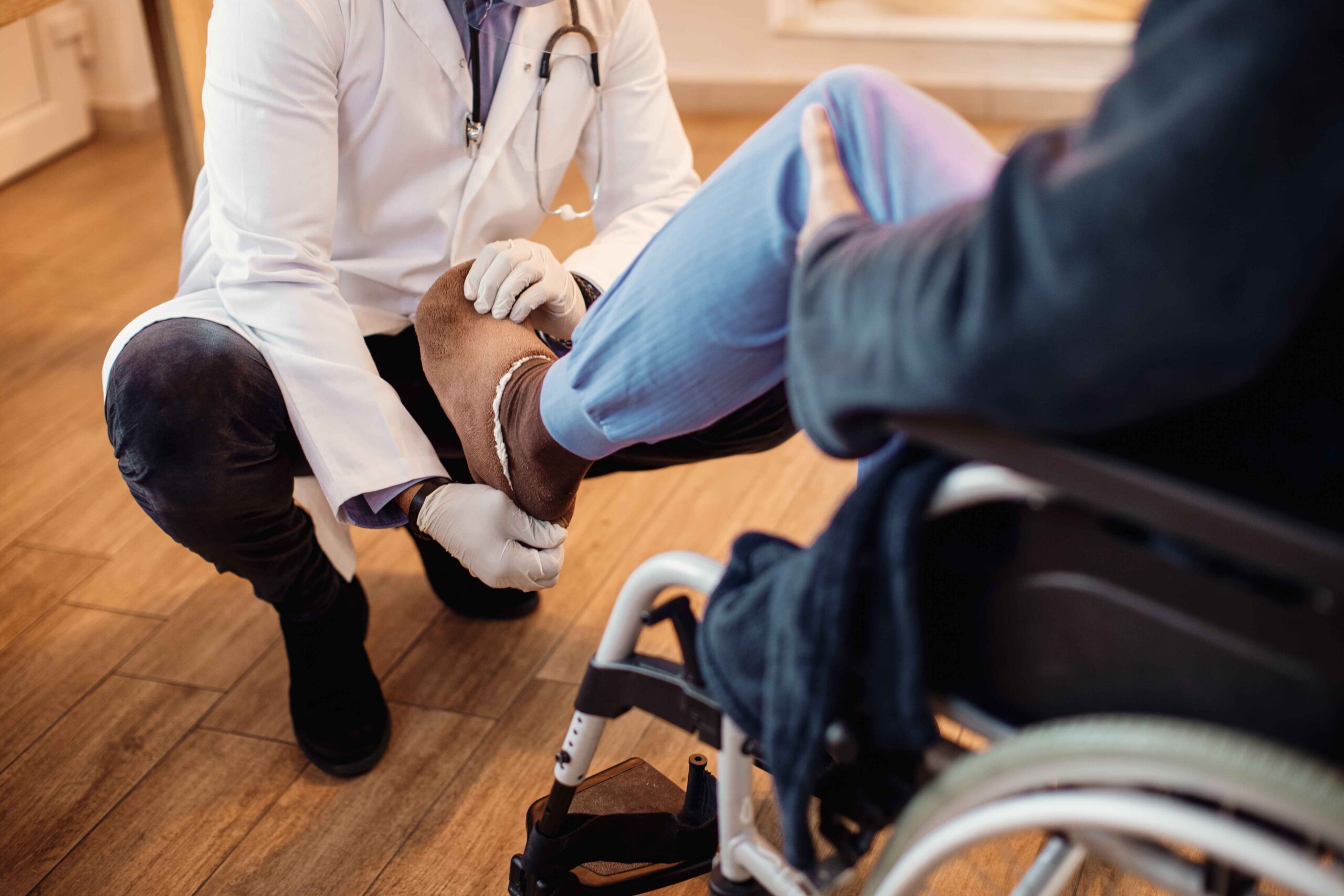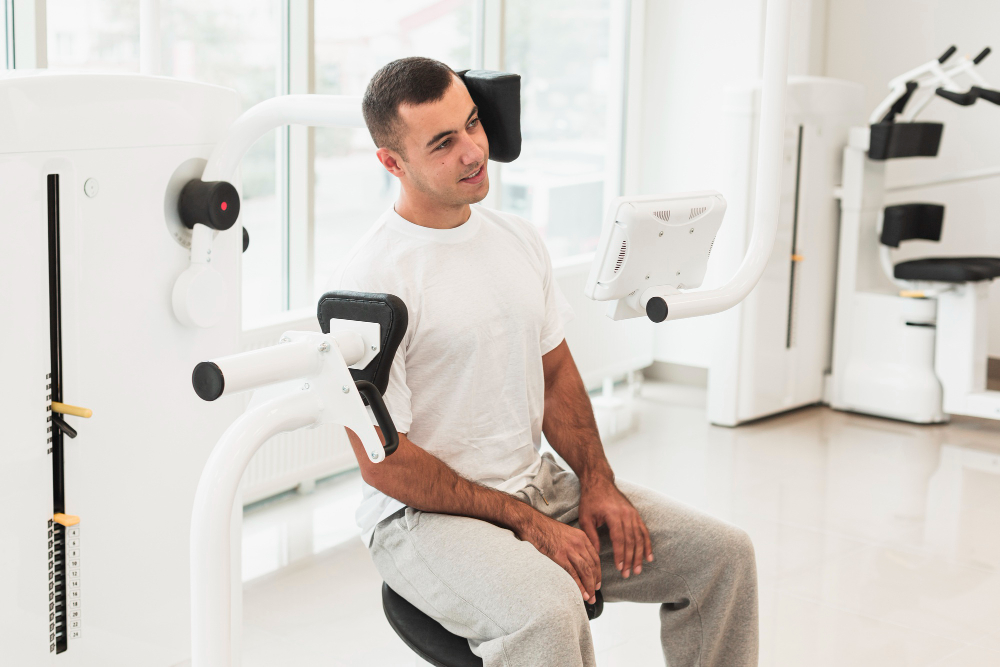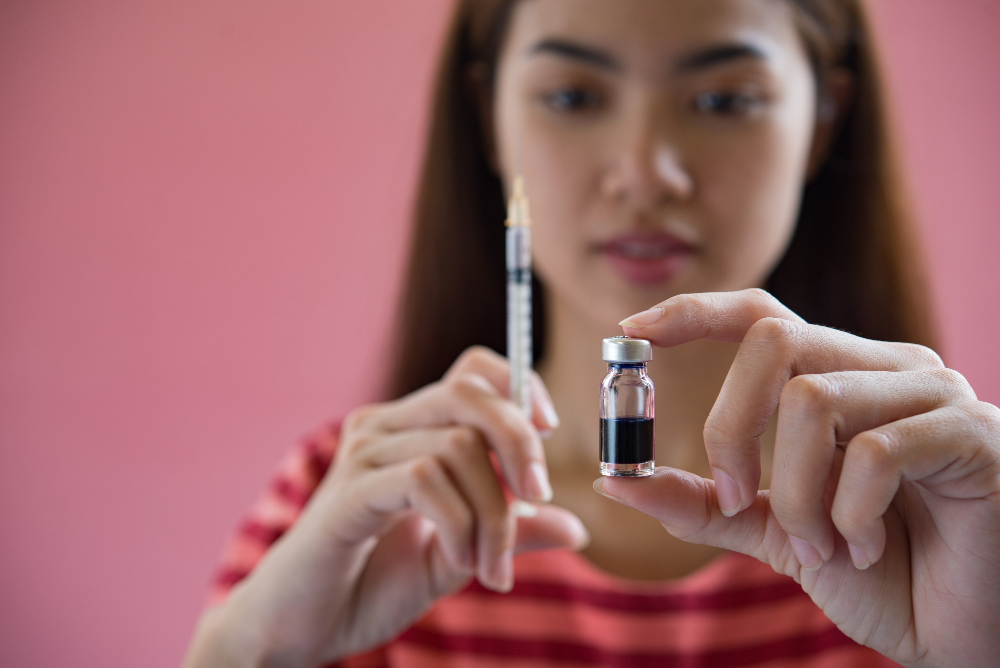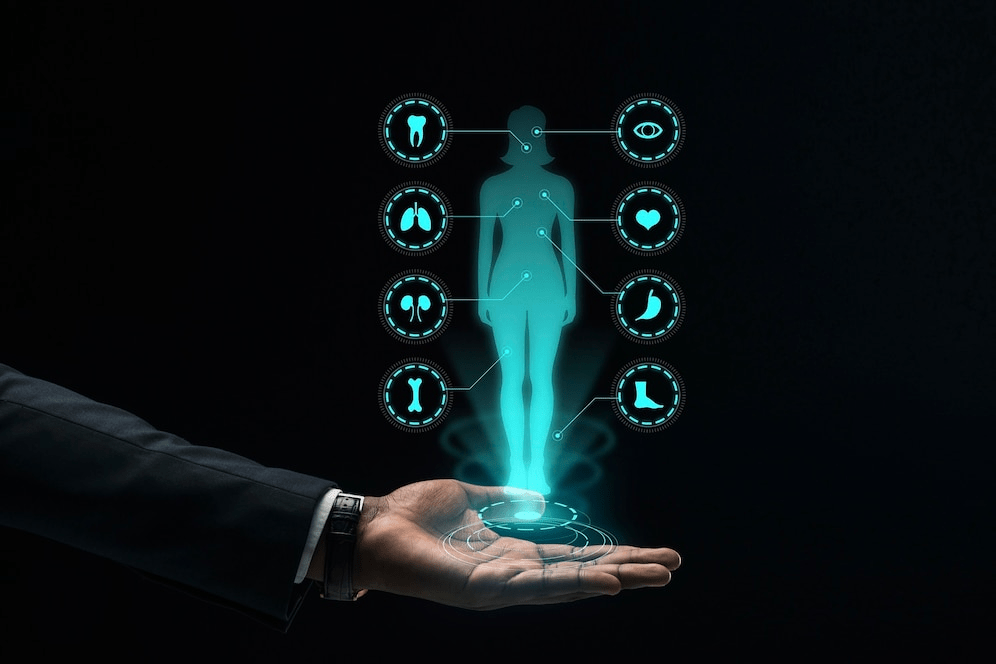
Last updated on by MRC
Physiotherapy is entering a new era, driven by the latest trends in physical therapy that are transforming patient care. With breakthroughs in wearable tech, AI-driven diagnostics, and tele-rehabilitation, the future of physiotherapy is all about smarter, more personalized treatment. These cutting-edge innovations are setting a new standard for rapid recovery and effective rehabilitation, making the journey to better health more dynamic and efficient than ever before.
Physiotherapy is on the brink of a new era, evolving with groundbreaking innovations and advanced technologies that are redefining patient care. These trends are enhancing treatment effectiveness and making rehabilitation more personalized and accessible.
One of the most exciting new trends in physiotherapy is the integration of wearable technology. Devices such as smart sensors, fitness trackers, and advanced wearables are becoming invaluable tools for physiotherapists. These gadgets provide real-time data on patient movement, muscle activity, and recovery progress, allowing for more accurate assessments and personalized treatment plans.
Tele-rehabilitation is among the most significant trends in physical therapy, especially in the wake of the COVID-19 pandemic. This approach uses digital platforms to deliver physiotherapy services remotely, making it easier for patients to access care from the comfort of their homes.
Artificial intelligence (AI) and machine learning are making significant strides in physical therapy, particularly in diagnostics and personalized treatment planning. These technologies analyze vast amounts of data to identify patterns and predict patient outcomes.
The latest trends in physical therapy emphasize personalized rehabilitation programs customized to each patient’s unique needs. Advances in technology and data analysis enable physiotherapists to create highly customized treatment plans.
New trends in physiotherapy also include the development of innovative treatment modalities and techniques that offer novel approaches to rehabilitation.
A shift towards preventative care is one of the latest trends in physical therapy. Rather than solely focusing on treating injuries, there is a growing emphasis on preventing them through education and proactive measures.
The latest trends in physical therapy also highlight the importance of collaborative care models, where physiotherapists work alongside other healthcare professionals to provide comprehensive treatment.
Incorporating the latest trends in physiotherapy is only part of the equation; effective treatment also relies on expert guidance. Physiotherapists play a crucial role in interpreting data, selecting appropriate technologies, and tailoring treatment plans to individual needs. Their expertise ensures that the innovations in physical therapy are applied effectively, maximizing patient benefits and achieving optimal outcomes. Professional guidance bridges the gap between advanced technology and practical, personalized care, ensuring that every patient receives the most suitable treatment for their condition.
When it comes to top-notch care in pain management and paralysis treatment, Medical Rehabilitation Center (MRC) stands out as a preferred choice in Kolkata. Renowned for its expertise and dedication, MRC is one of the most trusted centers for physiotherapy in Kolkata. The center has successfully treated thousands of patients with paralysis and other disabilities, helping many regain functionality and improve their quality of life. Through modern occupational and hand therapy procedures, MRC has empowered individuals to perform skilled jobs and achieve significant improvements in their daily activities. With its commitment to advanced techniques and compassionate care, MRC continues to set the standard in effective rehabilitation and recovery.
Virtual and Augmented Reality Treatment. Perhaps the most significant advances in physical therapy technology have come in the form of virtual reality (VR) and augmented reality (AR) treatment.
The four pillars of physiotherapy are:
AI in rehabilitation can augment the patient care by aiding physical therapists in several ways eg providing a thorough assessment, forecasting patients’ performance, establishing a diagnosis.
